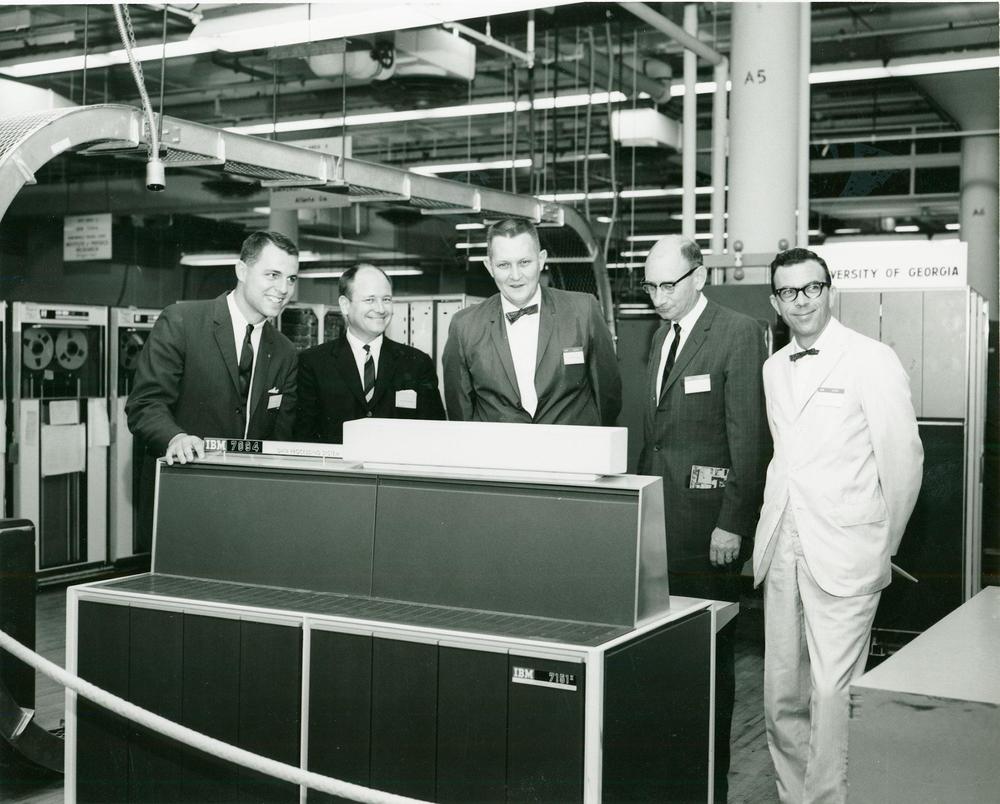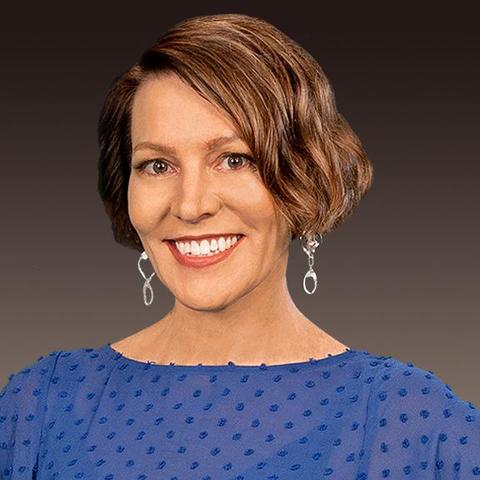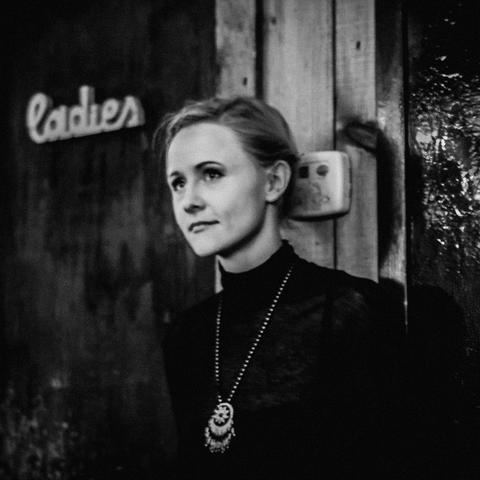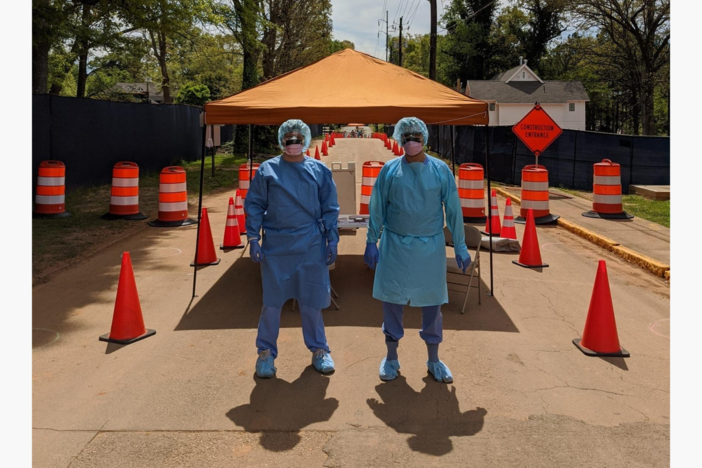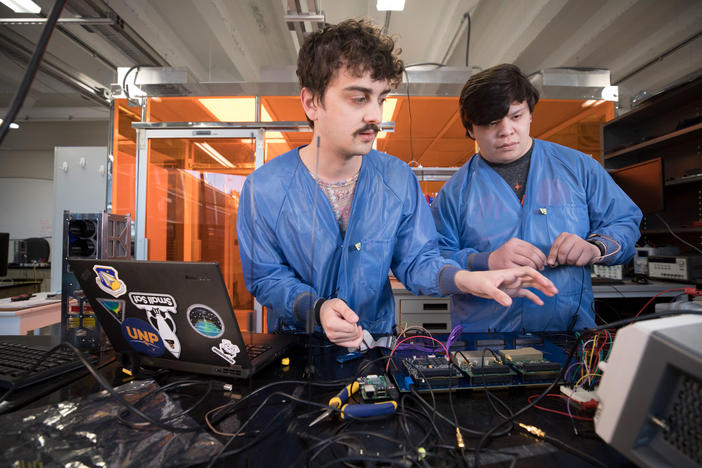Section Branding
Header Content
From Agriculture to Apollo 11: How a UGA Professor Helped Put a Man on the Moon
Primary Content
The song "Daisy Bell" wasn't a hit in 1961, but it was a triumph. The singer? The IBM 7094, the largest, most expensive computer available at the time. And thanks to James Carmon, professor in the University of Georgia's School of Agriculture, the school purchased one in 1964.
Not only could the computer sing, it helped put man on the moon.
Bo Emerson wrote about Carmon's critical contribution to the space race for the Atlanta Journal-Constitution. He joined On Second Thought to tell the story, along with Lee Carmon, Professor Carmon's daughter.
Highlights
On the supercomputer, the 7094
Emerson: James Carmon was the interest in UGA having it. The 7094 was one of these room sized computers. I got the specs on it and they said that this was 26,000 pounds of computer. Some parts of it had to be hung from the ceiling because the building that it was in didn't have enough floor space for it. But at the same time, it only had about 30 kilobytes of memory which is not as much as your dishwasher.
On NASA’s involvement with UGA and the 7094
Emerson: One of the things that Carmon did was he figured a way to pay for the computer was to find other folks who might want to rent time on it. And he did that very successfully. Apparently, he paid the thing off in a year and NASA was one of the customers. Not just from Alabama but also the folks at Lockheed came down and used it to do some numbers on there on the engines for those Saturn 5 rockets.
On how the 7094 was beneficial to UGA’s football team
Emerson: This is the sort of the surprise element in this story to me. Vince Dooley tells me that one of his assistant coaches somehow knew how to gather statistics on opponents - what they would do on fourth down, on third and goal, whether they would pass or run. And they figured out how to input this info into the computer get it out and in a form that he could use and somehow it helped him because he turn around a losing program into one that was winning for the next four years.
Get in touch with us.
Twitter: @OSTTalk
Facebook: OnSecondThought
Email: OnSecondThought@gpb.org
Phone: 404-500-9457
Secondary Content
Bottom Content

